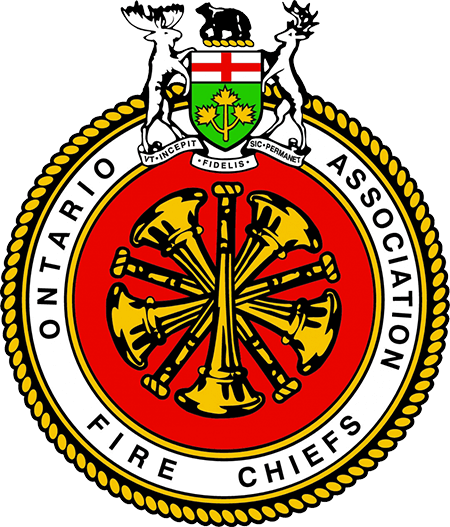As the most populous Indigenous reserve in Canada, Six Nations sees its share of fires.
In a typical year, there might be 25 to 30 house fires on the reserve. So far this year, there have been 13 – meaning structure fires are happening in Six Nations at a pace of one per week.
“We’ve had other firefighters tell us that a year here is like three or four years at another department … just (from) the amount of calls we deal with,” says Murray Kechego, a captain with Six Nations Fire and Emergency Services.
A home on Chiefswood Road in Six Nations was destroyed by fire on Monday, March 26, 2018. (Dan Lauckner / CTV Kitchener)
In addition to those 13 structure fires, firefighters in Six Nations deal with other fires – things such as burning vehicles and bush areas – as well as rescue situations and medical emergencies.
“We don’t do any less than any other department,” Kechego says.
Until recently, they did that with a fully volunteer staff. Now there are always four full-time firefighters on-duty – but fire chief Matthew Miller says he’d like to see that number increased to nine, with volunteer roles being scaled back.
“People aren’t beating down the door to volunteer to run into burning houses,” he says.
“First Nations fire protection is completely inadequate. There is work that’s being done, but it’s certainly not being done fast enough.”
As things stand now, Six Nations often has to rely on assistance from neighbouring fire departments.
That was the case on Monday, when two house fires broke out about 30 minutes apart. Firefighters from all five active fire stations in Six Nations were called in, along with crews from five nearby communities.
“There’s no way that we can have this many fires and not have injuries or fatalities,” Miller says. Last December, a three-year-old boy died following a house fire in the community.
Miller says a number of factors make fire situations in Six Nations potentially more dangerous than in off-reserve communities.
“Just like every other First Nation that exists in Canada, we have infrastructure issues,” he says.
Those issues manifest themselves in several ways. For one thing, it means firefighters can never be completely sure that a burning house is empty, even if it looks or is believed to be abandoned.
On top of that, many houses deal with overcrowding, as several generations of the same family may live under the same roof.
“When you’ve got a three-bedroom house and you’ve got 18 people living in it, that’s a recipe for something bad to happen,” Miller says.
The fire department has recently landed funding for a large number of smoke alarms, and has been distributing them around the community. Many of the houses hit by fire this year have had working alarms, which Miller calls a departure from the norm.
As of 2007, Canadians living on Indigenous reserves were more than 10 times as likely to die in house fires as off-reserve Canadians.
Link to original article in CTV News: Six Nations fire chief says on-reserve fire services 'completely inadequate'
